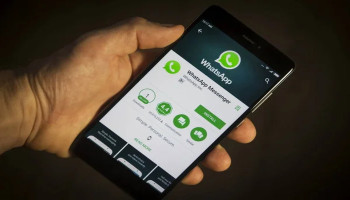
One of the easiest ways to personalise your smartphone and make it truly yours is by setting a custom ringtone. Whether you want to hear your favourite song, a unique sound, or a personalised recording every time someone calls, customising your ringtone can add a touch of personality to your device.
Setting a custom ringtone on Android:
Android provides users with flexibility when it comes to customising various aspects of their devices, including ringtones. Here's a step-by-step guide on how to set a custom ringtone on your Android smartphone:
- Ensure that the audio file you want to set as your ringtone is stored on your device. It could be a song, sound effect, or any audio clip.
- Open the Settings app on your Android device. This is usually represented by a gear icon and can be found in the app drawer or by swiping down the notification shade and tapping the gear icon.
- Look for the "Sound" or "Sound & Vibration" option within the Settings menu. The exact location may vary depending on your device and Android version.
- Find and tap on the "Phone ringtone" or a similar option. You might see a list of pre-installed ringtones.
- Depending on your device, there may be an option to add a new ringtone. If not, look for an option that allows you to choose a local ringtone.
- Navigate to the folder where your custom ringtone is stored and select it. Your chosen audio file will now be set as your default ringtone.
Setting a custom ringtone on iPhone:
While iOS may have a slightly different process, setting a custom ringtone on an iPhone is still a straightforward task. Here's how to do it:
- On an iPhone, you can choose from the pre-installed ringtones or create a custom one using GarageBand or other apps. Ensure the audio file is in the M4R format for custom ringtones.
- Use a USB cable to connect your iPhone to your computer.
- Launch iTunes on your computer. If you don't have iTunes, download and install it.
- Click on the device icon in the top left corner of the iTunes window to select your iPhone.
- In the left sidebar, click on "Tones" under your device. If you don't see this option, ensure that you have the latest version of iTunes.
- Drag and drop your custom ringtone file (in M4R format) into the Tones section of iTunes.
- Click on "Sync" or "Apply" to transfer the custom ringtone to your iPhone.
- On your iPhone, go to Settings > Sounds & Haptics > Ringtone. Your custom ringtone should now appear in the list, and you can select it as your default ringtone.
















